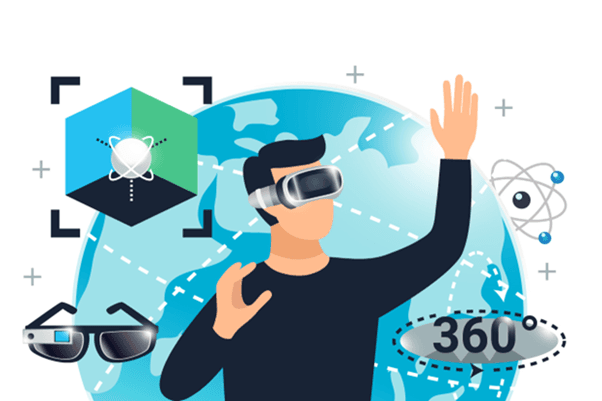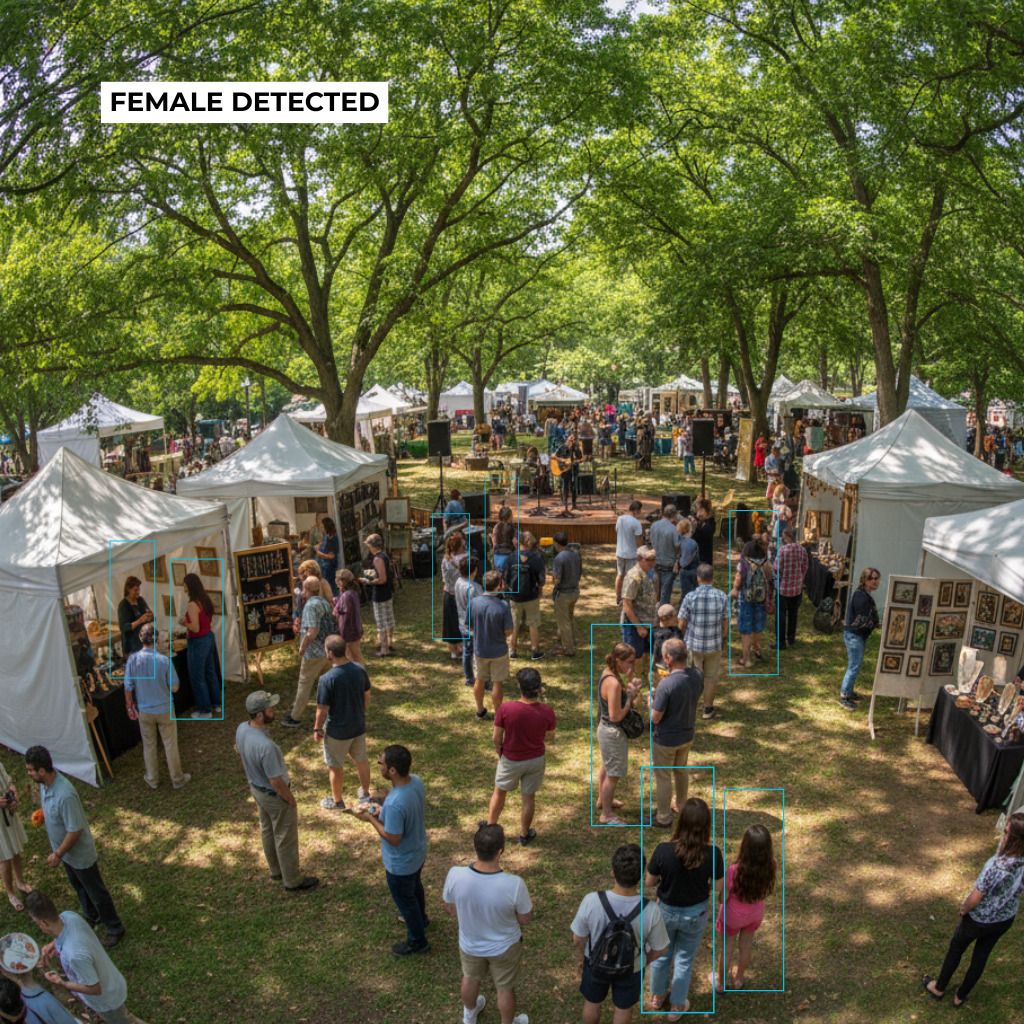Introduction to Computer Vision: Definition and Real-World Applications
Computer Vision (CV) is a field of technology that enables machines or computers to "see" and understand visual information from the real world.
What is Computer Vision?
Computer Vision (CV) is a field of technology that enables machines or computers to "see" and understand visual information from the real world. In simple terms, computer vision aims to allow computers to interpret, analyze, and take action based on visual data, such as images or videos. Over the past few decades, this technology has significantly impacted various sectors, including healthcare, automotive, security, and entertainment.
At its core, computer vision uses artificial intelligence (AI) and deep learning algorithms to process visual data. Just as humans rely on the brain to make sense of what they see, computers use mathematical models to recognize objects, detect patterns, and make decisions. For example, this technology can identify faces in a photo, recognize handwritten text, and assist autonomous vehicles in detecting obstacles on the road.
See also: AI Computer Vision: Seeing What Humans Miss
How Does Computer Vision Work?
The computer vision process involves several key stages:
- Data Collection: Visual data in the form of images or videos is gathered as input. Cameras, sensors, or other sensing devices are often used to capture this visual data.
- Image Preprocessing: Before analysis, the image typically undergoes preprocessing. This includes operations such as image enhancement, resizing, or noise removal to ensure more accurate data analysis.
- Feature Extraction: At this stage, the algorithm searches for relevant patterns or features within the image. These features can include shapes, colors, textures, or specific objects that are important for further analysis.
- Classification and Prediction: After feature extraction, machine learning or deep learning models classify the image into predefined categories. For example, an image might be identified as a cat, car, or person's face.
- Decision Making: Once the classification is completed, the system makes a decision or takes action based on the analysis results. For instance, a security system can trigger an alarm if suspicious movement is detected in a surveillance video.
Real-World Applications of Computer Vision
Computer vision technology has brought significant innovations across various industries, helping improve efficiency, accuracy, and the automation of tasks that previously required human interaction. Here are some key real-world applications of computer vision:
1. Healthcare
One of the industries that has greatly benefited from computer vision is healthcare. In this field, computer vision is used to analyze medical images such as MRI, CT scans, and X-rays. For example, computer vision algorithms can detect tumors, organ abnormalities, or small changes in tissues that may go unnoticed by the human eye. In addition, computer vision assists in the development of wearable devices that can monitor users' health conditions in real-time. For example, smartwatches equipped with visual sensors can detect heart rates, sleep patterns, and stress levels.
2. Autonomous Vehicles
In the automotive industry, computer vision plays a crucial role in the development of autonomous vehicles (self-driving cars). Autonomous cars use cameras and sensors to "see" their surroundings. They can recognize roads, traffic signs, other vehicles, and even pedestrians. With accurate visual data analysis, autonomous cars can make decisions such as stopping at red lights, avoiding collisions, or choosing the safest route. Companies like Tesla, Google, and Uber are developing this technology to support the future of safer and more efficient vehicles.
3. Security and Surveillance
In the security sector, computer vision technology has revolutionized how surveillance systems work. Computer vision algorithms can be used in smart CCTV to detect suspicious behavior, such as unusual movement in a particular area. This technology is also applied in facial recognition, which is used for access control, law enforcement, and even at airports for passenger identification.
Related article: Enhancing Event Security with AI Face Recognition
4. Facial Recognition and Biometrics
Facial recognition is one of the most popular applications of computer vision used in daily life. Modern smartphones now use this technology to unlock devices, while in airports or public places, facial recognition is used for identity verification. These systems work by analyzing facial patterns from images or videos and then matching them against an existing database.
5. Retail and E-commerce
In the retail sector, computer vision is used to enhance the shopping experience. One example is automated checkout systems that use cameras to detect and recognize items taken by customers without needing to scan barcodes. Additionally, this technology is used for customer behavior analysis, such as identifying which store areas are most frequently visited or analyzing product preferences based on visual data from in-store cameras.
6. Augmented Reality (AR) and Virtual Reality (VR)
Another popular application is in Augmented Reality (AR) and Virtual Reality (VR). AR technology merges the real world with digital elements generated by computer vision. An example is the app Pokemon Go, where digital characters are placed in real-world environments using a smartphone camera. On the other hand, VR relies on computer vision to create virtual worlds that users can interact with, such as in gaming or training simulations.
The Future of Computer Vision
As AI technology and data processing capabilities continue to advance, the potential of computer vision in the future appears incredibly promising. Some of the trends expected to grow include:
- 3D Object Recognition: This technology will enable computers to recognize and interact with objects in three-dimensional space more accurately.
- Computer Vision on Edge Devices: With the rise of edge computing, computer vision will increasingly be integrated into small devices such as smartphones, security cameras, and other IoT devices.
- Increased Use in Service Industries: The service sector, including banking, restaurants, and hospitality, will increasingly adopt computer vision to enhance customer service through automation and personalization.
Conclusion
Computer vision is one of the most revolutionary technologies in the world of artificial intelligence. From helping doctors diagnose diseases to making autonomous vehicles a reality, the applications of computer vision have dramatically transformed how we live and work. As this technology continues to evolve, a smarter and more connected future seems closer than ever.
For businesses and industries, adopting this technology will not only improve efficiency but also provide a competitive advantage in this fast-paced digital era.
Related articles: Application of Computer Vision for Safety Detection in Mining Areas


